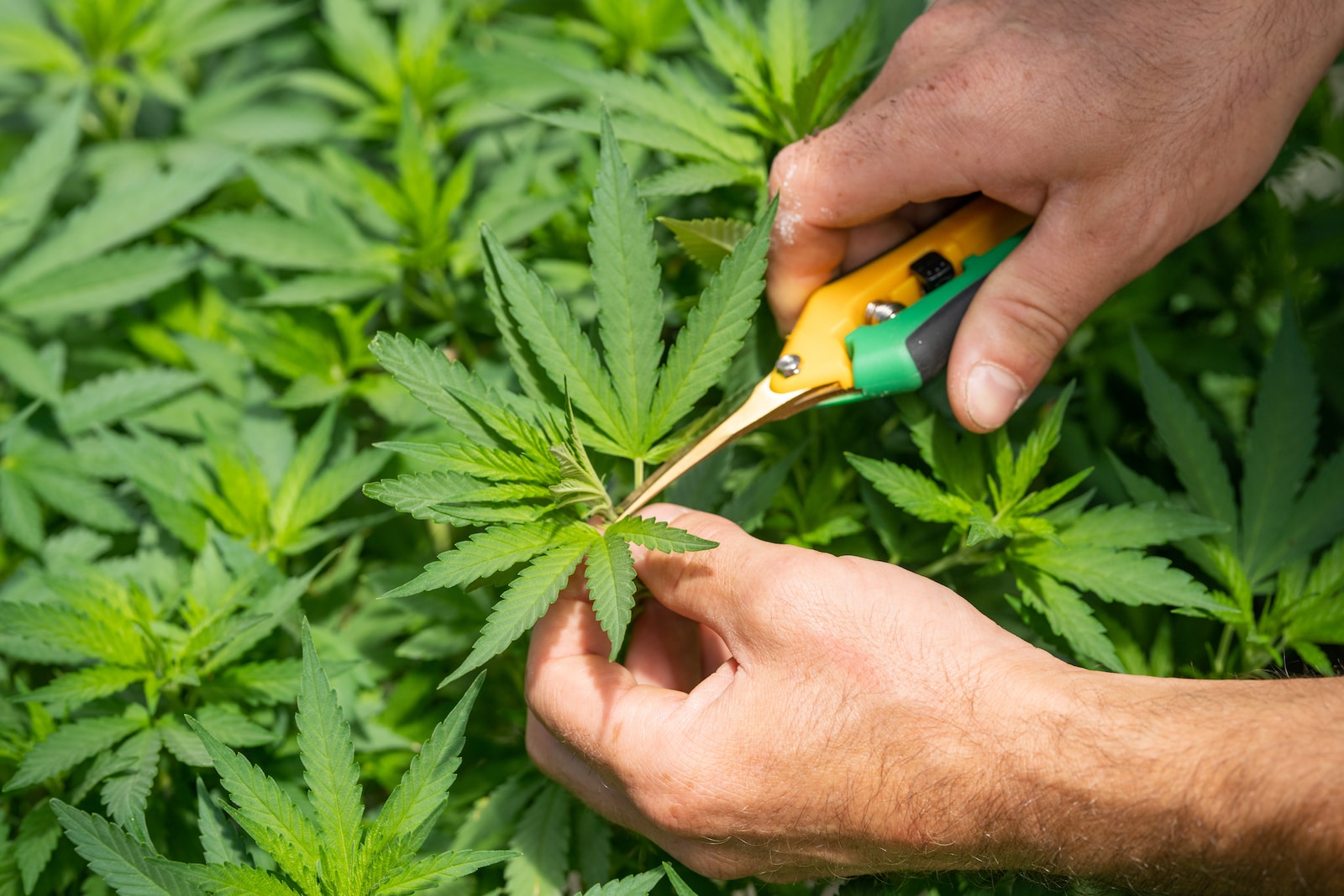St. Augustine grass is renowned for its lush, carpet-like appearance and its ability to thrive in warm climates. To maintain its vibrancy and health, finding the right weed and feed for St. Augustine grass is essential. In this comprehensive guide, we’ll delve deep into the world of lawn care, exploring the best products, methods, and expert advice to keep your St. Augustine grass looking its best.

What Weed and Feed for St. Augustine Grass?
St. Augustine grass, scientifically known as Stenotaphrum secundatum, is a popular choice for lawns in regions with warm, humid climates. It boasts a thick, luxurious texture and a stunning green color. However, like any other lawn type, it’s susceptible to weeds and requires proper feeding to thrive. Let’s explore the best strategies to maintain your St. Augustine grass.
Understanding St. Augustine Grass
Before diving into weed and feed solutions, let’s get better acquainted with St. Augustine grass. This knowledge will help you make informed decisions about its care.
St. Augustine grass is known for its:
- Broad Blades: One of its distinguishing features is its wide, flat leaves that create a dense carpet-like appearance.
- Shade Tolerance: It can tolerate some shade, making it suitable for lawns with partial sunlight.
- Heat Resistance: St. Augustine grass thrives in hot, sunny climates, making it a popular choice in the southern United States.
- Moderate Maintenance: While it requires maintenance, it’s not overly demanding compared to other grass types.
Now that we understand the basics, let’s dive into the specifics of weed and feed.
Choosing the Right Weed Control
Weeds can quickly become a nuisance in your St. Augustine grass. To keep them at bay, consider the following weed control methods:
- Pre-Emergent Herbicides: These prevent weed seeds from germinating, effectively stopping them before they become a problem.
- Post-Emergent Herbicides: Use these to target existing weeds. Ensure the herbicide is compatible with St. Augustine grass to avoid damage.
- Organic Options: If you prefer an eco-friendly approach, explore organic weed control methods like hand-pulling or vinegar-based solutions.
Feeding Your St. Augustine Grass
Proper feeding is crucial to maintain the health and vigor of your grass. Here’s how to ensure your lawn gets the nutrients it needs:
- Fertilization Schedule: St. Augustine grass benefits from regular fertilization. Follow a schedule that aligns with your grass’s growth patterns.
- Balanced Fertilizers: Look for fertilizers with a balanced ratio of nitrogen, phosphorus, and potassium (N-P-K) to support overall growth.
- Slow-Release Fertilizers: These provide a steady nutrient supply over time, promoting consistent growth.
Expert Recommendations
To make informed choices, it’s essential to consider expert advice. Here are some recommendations from seasoned lawn care professionals:
- Test Your Soil: Conduct a soil test to determine its pH and nutrient levels. This will guide your fertilizer choice.
- Mow at the Right Height: Maintain your grass at the recommended height of 3.5 to 4 inches. This helps shade the soil, reducing weed growth.
- Water Wisely: Deep, infrequent watering encourages deep root growth and helps your grass withstand dry spells.
- Stay Vigilant: Regularly inspect your lawn for signs of pests or disease. Early detection allows for prompt intervention.
- Aeration Matters: Consider annual aeration to improve soil compaction and nutrient uptake.
Frequently Asked Questions

Q: When is the best time to apply weed and feed to St. Augustine grass?
A: The ideal time is during the grass’s active growing season, typically in the spring and early summer.
Q: Can I use a weed and feed product on newly planted St. Augustine grass?
A: It’s best to wait until the grass is established, usually after the first three to four mowings.
Q: Are there organic weed and feed options available?
A: Yes, some organic products combine weed control and fertilization for eco-conscious lawn care.
Q: How often should I fertilize my St. Augustine grass?
A: Depending on your location and grass health, aim for two to four applications per year.
Q: What is the biggest mistake people make when caring for St. Augustine grass?
A: Overwatering is a common mistake. St. Augustine grass prefers deep, infrequent watering.
Q: Can I use weed and feed products on other types of grass?
A: Always check product labels for compatibility with your specific grass type.
Conclusion
Maintaining a beautiful lawn of St. Augustine grass requires the right weed and feed approach. By understanding your grass, choosing the appropriate products, and following expert advice, you can enjoy a lush, weed-free lawn that’s the envy of the neighborhood.
